|
|
Research
The objective of this project is to provide a framework for performing large-scale computation of near-field thermal radiation in three-dimensional (3D) complex geometries. Specifically, we proposed and implemented a novel method called the thermal discrete dipole approximation (T-DDA) for simulating near-field radiative heat transfer between 3D arbitrarily-shaped objects. The T-DDA is inspired by the discrete dipole approximation (DDA), sometimes referred to as the Coupled Dipole Method (CDM), extensively used for predicting electromagnetic scattering and absorption by particles. In the T-DDA, objects are discretized into cubical sub-volumes behaving as electric point dipoles. The fluctuating electric dipoles are related to the local temperature of the emitter via the fluctuation-dissipation theorem. The figure below shows a 500-nm sphere discretized into 552 sub-volumes (left panel). The thermal conductance obtained with the T-DDA is compared against the exact results for two 500-nm silica spheres separated by a 500-nm-thick gap (right panel).
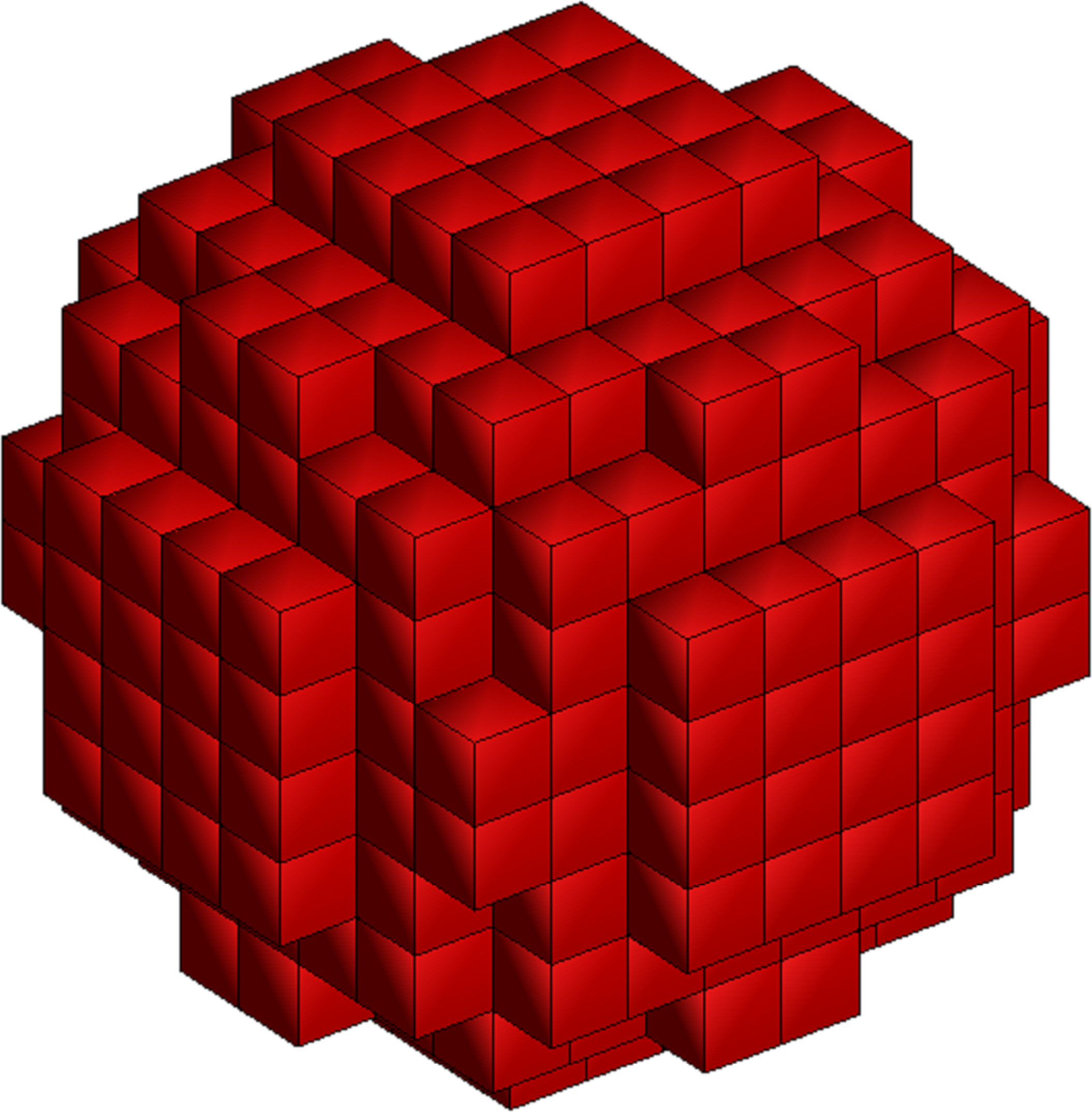 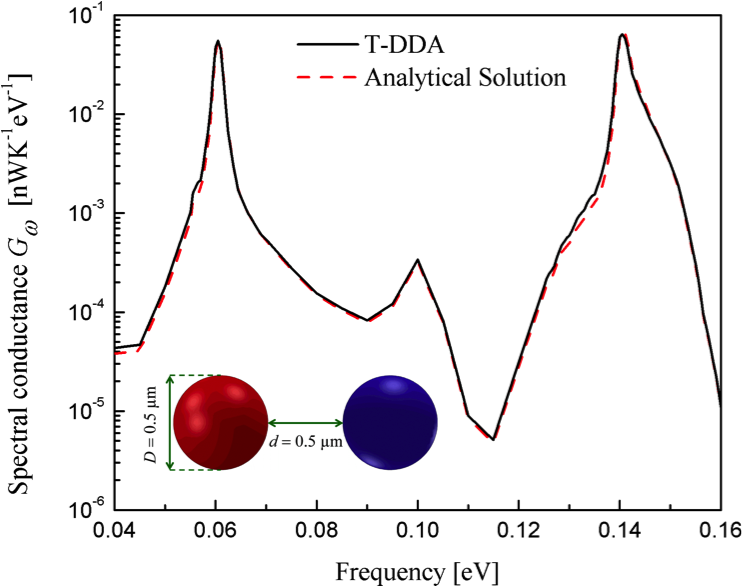
A simulation of near-field radiative heat transfer between two 8-um spheres separated a vacuum gap having a thickness of 100 nm is shown below. The refractive index of both spheres is 3+0.01i, and the color scale shows the normalized volumetric power absorbed.
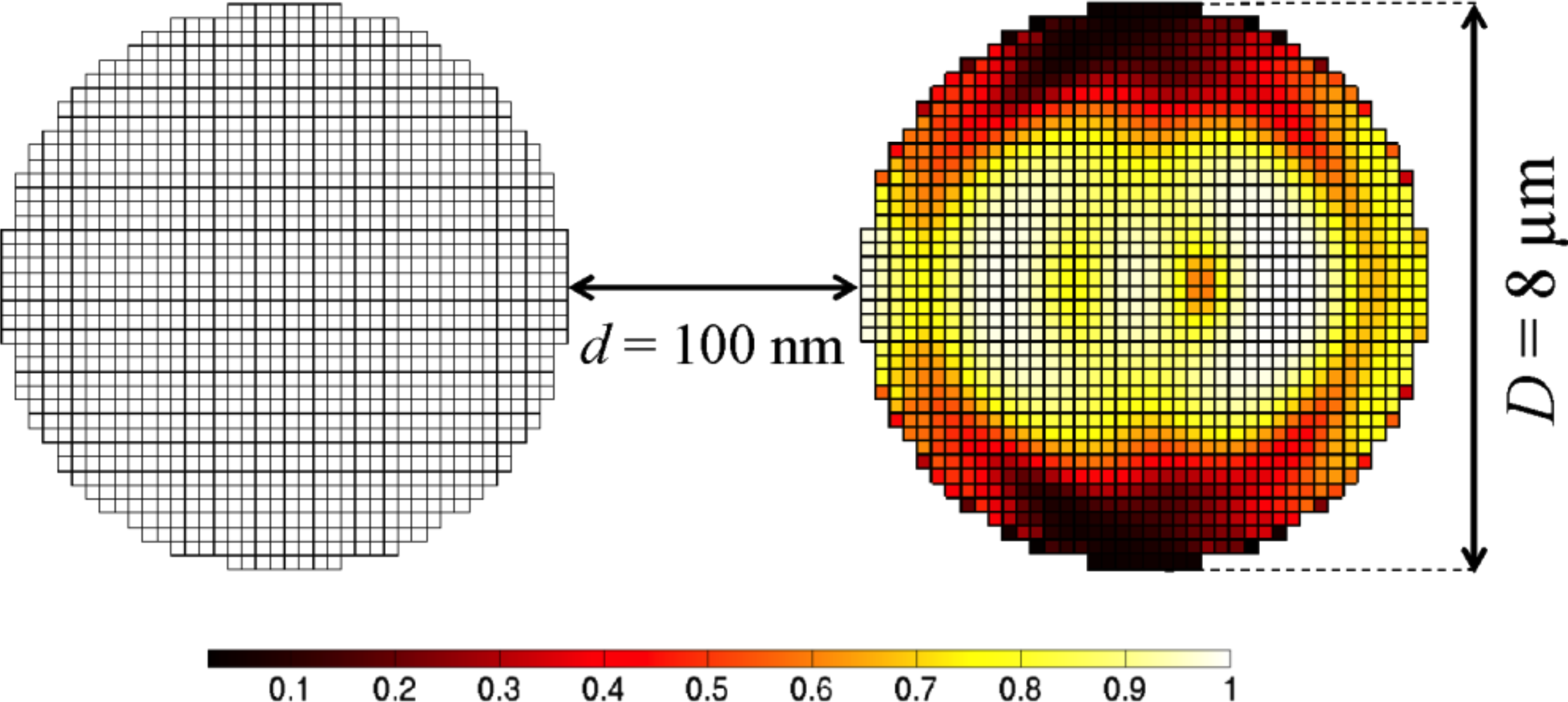
S. Edalatpour, M. Cuma, T. Trueax, R. Backman, and M. Francoeur, "Convergence analysis of the thermal discrete dipole approximation," Physical Review E, under review/in revision, 2015 (arXiv). S. Edalatpour and M. Francoeur, "The Thermal Discrete Dipole Approximation (T-DDA) for near-field radiative heat transfer simulations in three-dimensional arbitrary geometries," Journal of Quantitative Spectroscopy and Radiative Transfer 133, 364-373, 2014 (pdf).   This work is sponsored by the Army Research Office (Grant No. W911NF-14-1-0210, 2014-2017). We also acknowledge the computational resources provided by the Center for High Performance Computing (CHPC) at the University of Utah.
Nanoscale-Gap Thermophotovoltaic Power Generation The objective of this project is to demonstrate experimentally that power generation in a nanoscale-gap thermophotovoltaic (nano-TPV) device can be enhanced by an order of magnitude, compared to conventional TPV systems, due to radiation heat transfer exceeding the blackbody limit. We are currently in the process of measuring near-field radiative heat transfer between two millimeter-size silicon surfaces separated by vacuum gap thicknesses ranging from 2 um down to 100 nm. The experiments are performed within a vacuum chamber, in order to avoid parasitic heat conduction, that is located under a clean room tent.
 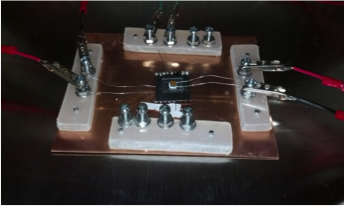
We are also interested in quantifying the impacts of radiative, electrical and thermal losses on the performances of nano-TPV power generators. In the figure shown below, the power enhancement of nano-TPV devices with a tungsten and a radiatively-optimized quasi-monochromatic (Drude) radiator is compared. The results suggest that the design of optimal nano-TPV devices must account for all loss mechanisms, radiative, electrical and thermal.
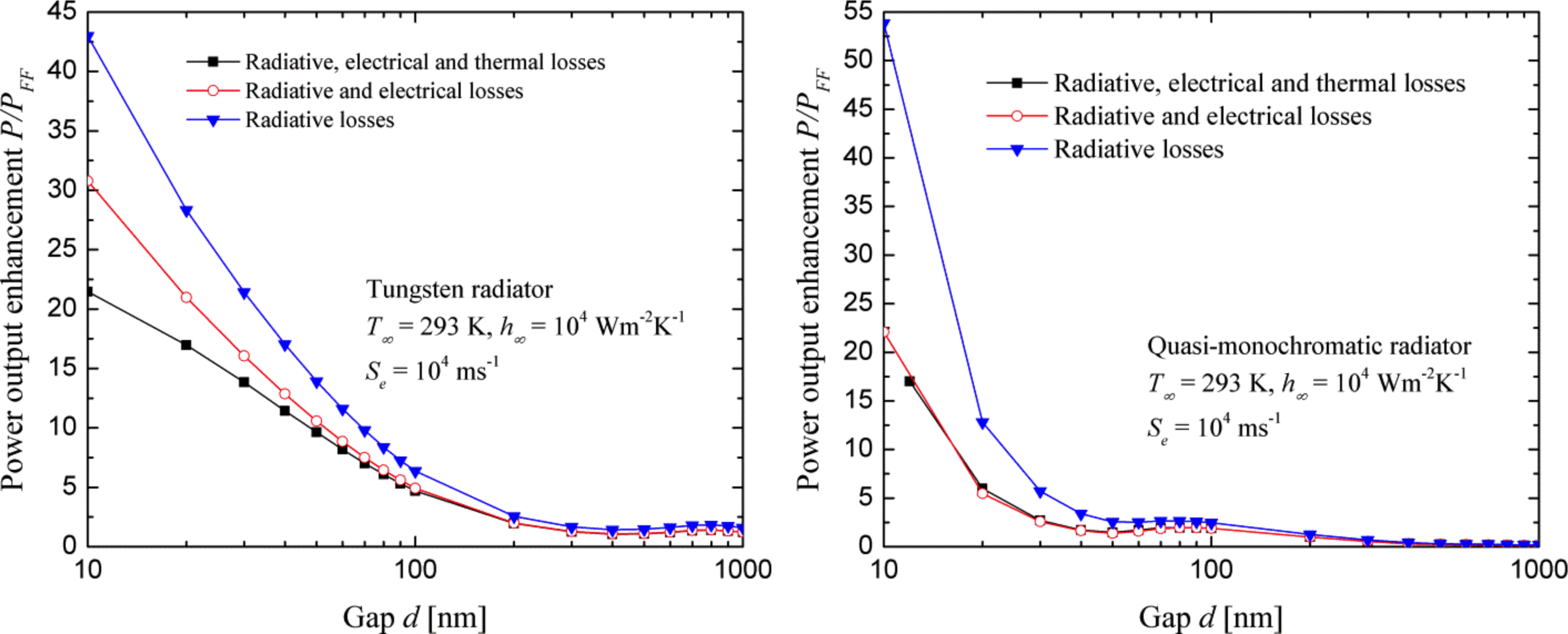
M.P. Bernardi, O. Dupré, E. Blandre, P.-O. Chapuis, R. Vaillon, and M. Francoeur, "Impacts of propagating, frustrated and surface modes on radiative, electrical and thermal losses in nanoscale-gap thermophotovoltaic power generators," Scientific Reports, under review, 2015 (arXiv). M. Francoeur, "Chapter 4: Thermal Fundamentals," In: Micro Energy Harvesting, Edited by D. Briand, E. Yeatman and S. Roundy, Wiley-VCH, 2015 (link). M. Francoeur, R. Vaillon, and M.P. Mengüç, "Thermal impacts on the performance of nanoscale-gap thermophotovoltaic energy conversion devices," IEEE Transactions on Energy Conversion, 26(2), 686-698, 2011 (pdf).  This work is sponsored by the National Science Foundation (Grant No. CBET-1253577, 2013-2018).
Thermal Radiative Property Control via Metamaterials and Nanostructures
Evanescent Wave Scattering by Particles
|
